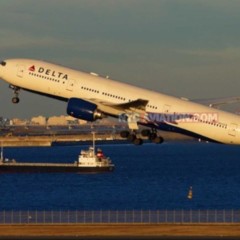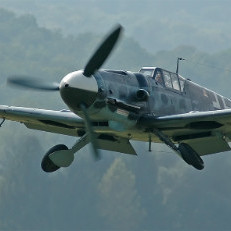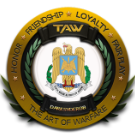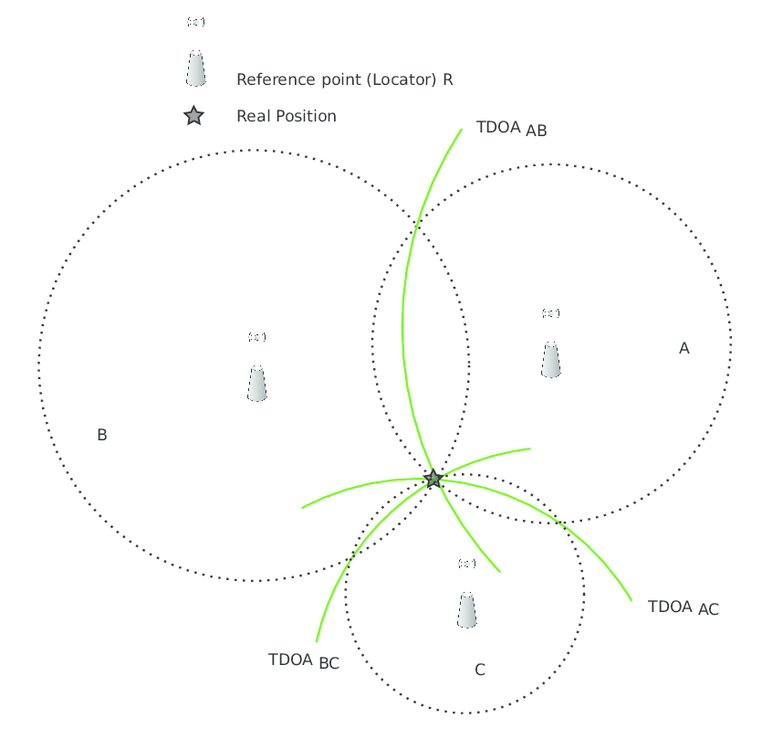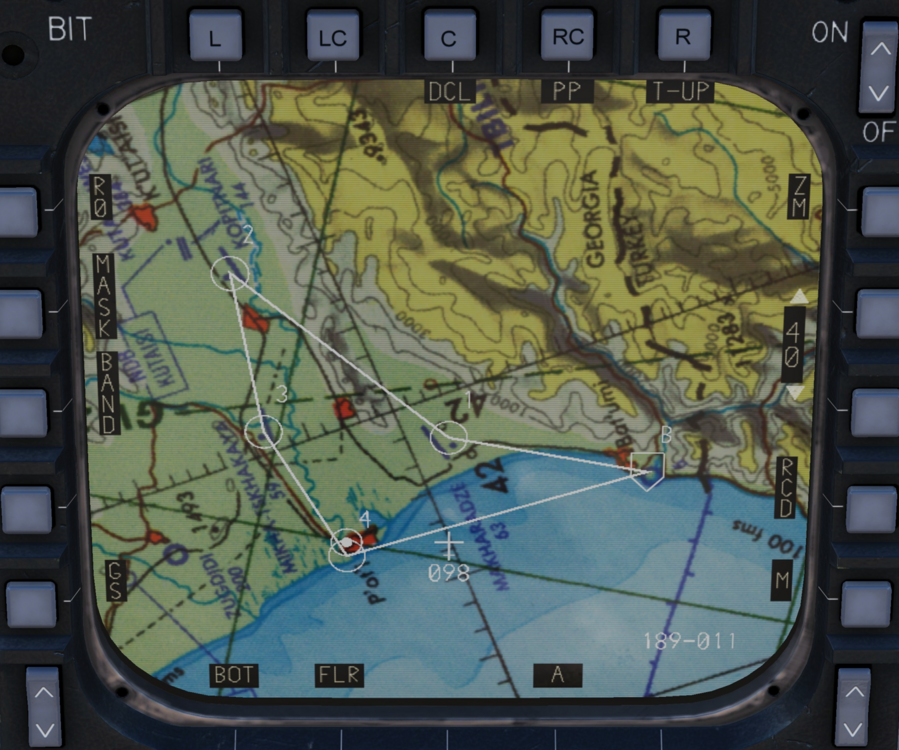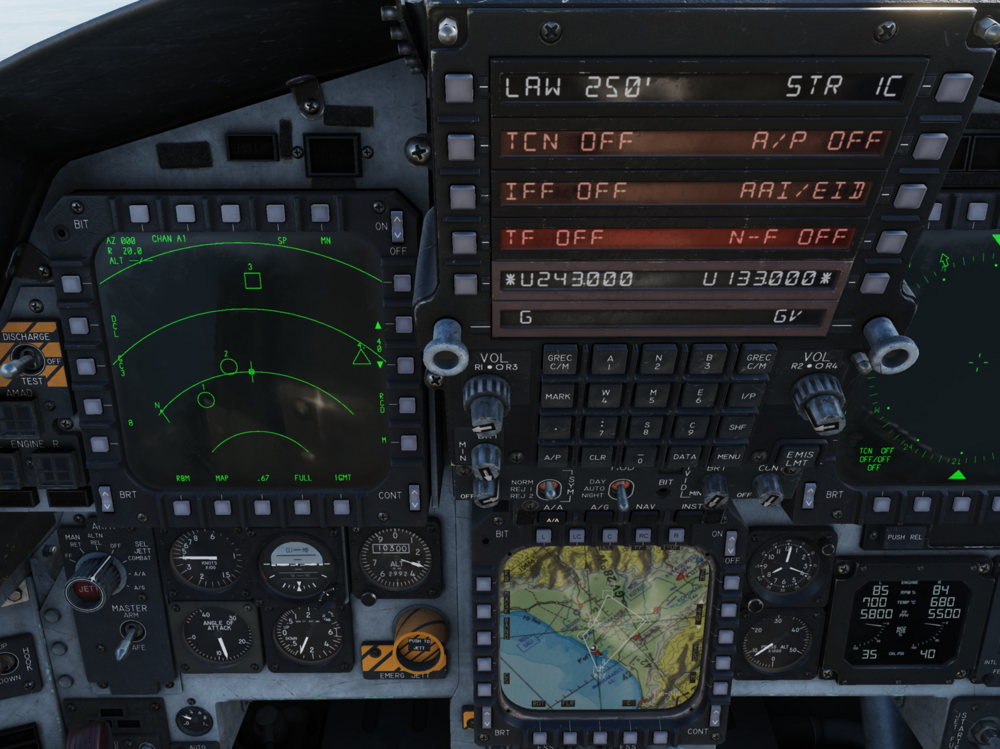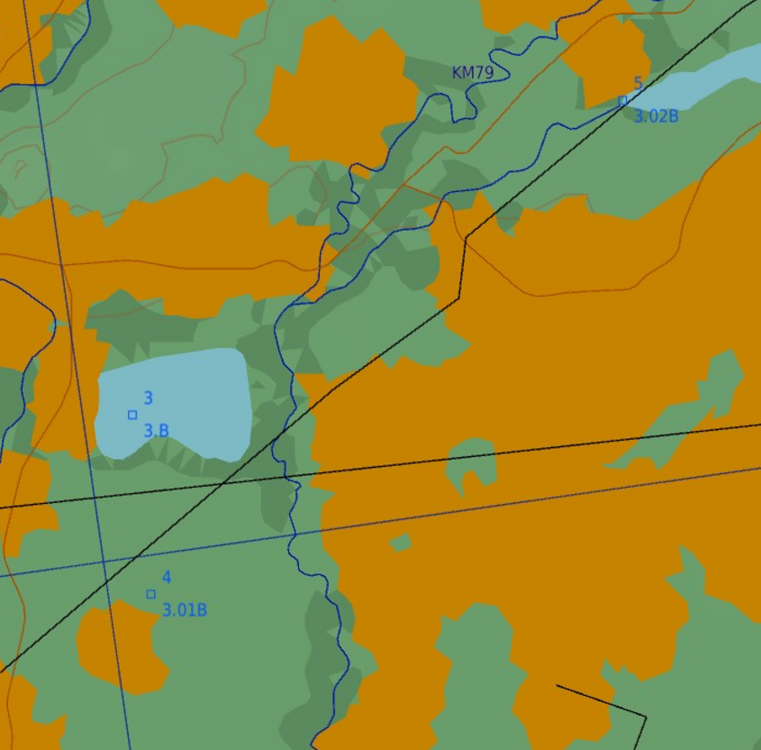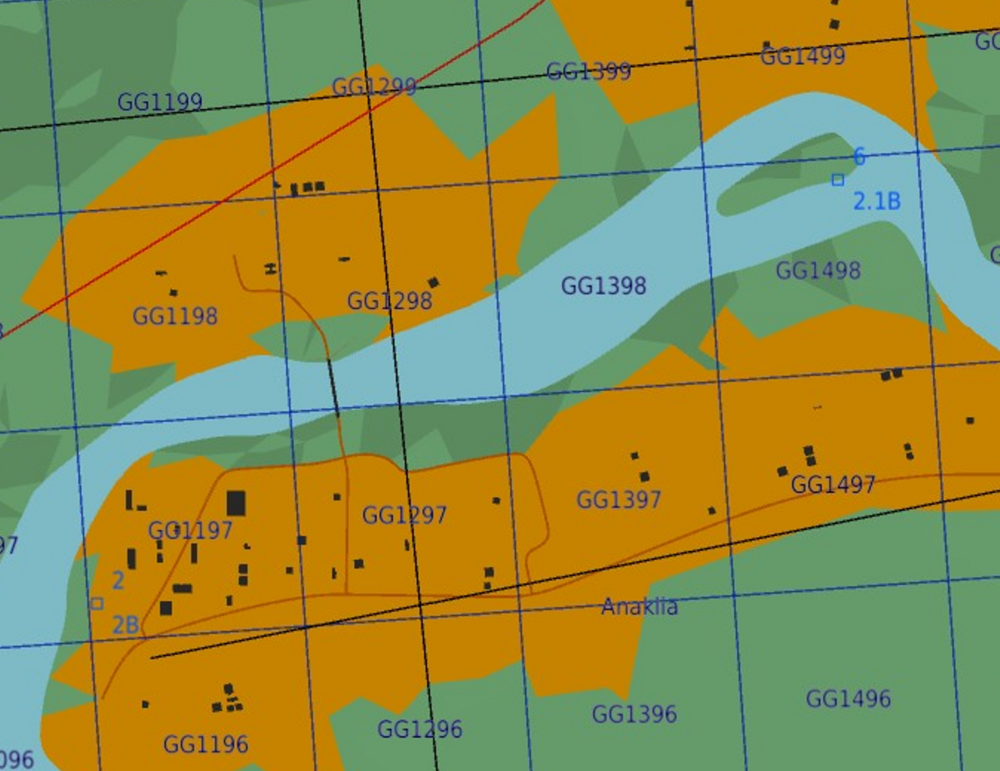

KlarSnow
ED Beta Testers-
Posts
537 -
Joined
-
Last visited
-
Days Won
4
About KlarSnow
- Currently Viewing Forum: Heatblur Simulations
- Birthday 02/03/1988
Recent Profile Visitors
The recent visitors block is disabled and is not being shown to other users.
-
It sounds like you are in GUNS, if you have the weapons select switch on the throttle in guns, the jet is overridden to A/A GUNS acquisition mode. To get out of it and back to normal operation just move the weapons select switch to SRM or MRM instead.
- 1 reply
-
- 1
-

-
No, if your base is under that kind of threat then you probly shouldn’t be landing at it anyways. If you want to wait that late in the game to check your weight then just keep in mind that the fuel dump is at 900-1000 lbs per minute, so rough math you are only gonna be able to dump 2-3000 lbs of gas by the time you are 30 miles out. If that’s not enough to make you comfortable then you will be landing. basic aviation guidelines for your descent checks, or preparing to enter the landing environment start 10-15 minutes before you land, which is usually 100-150 miles out. Checking your gas and adjusting for these purposes is second nature and just part of learning how to fly this stuff IRL. also what do you think is safer, getting on the ground safely without risking damaging your aircraft in a single approach, or holding 10,000 extra pounds of gas for a “just in case” air engagement that you then have to spend 10-15 minutes orbiting to get rid of. that just in case fuel should have been part of your bingo calculation and assumption before you started the RTB, not after you have fenced out and are heading back. If this is something you are super concerned about then just plan your flight to include holding for 10 minutes over the airfield with your extra gas, perform a CAP in case anything shows up until you hit your landing fuel and then land. If you aren’t planning on doing that, then just get configured so you can land ASAP and out of the way of whatever is going on.
-
Pull the nose up till the waterline in the hud starts blinking, that is your cue that you are at the limit and if you raise the nose any more you will be in danger of scraping your tail. should start blinking at 12 degrees nose high. if you don’t pull the nose up relatively quickly after touch down, you won’t be able to get the nose high enough as the speed bleeds off. you can stop inside 5000 feet of runway distance if you fly an onspeed approach at a relatively light weight (4-5000 lbs of fuel plus ordnance) and immediately get on the aerobrake and then hit the wheel brakes at 120-100 knots. biggest thing is landing weight, since that translates to landing speed and then the amount of braking energy required to stop the jet. It’s one of those exponential equations where everything compounds quickly as you add weight, since it increases landing speed, which increases rollout distance and the force required to stop the jet. So if you are having trouble getting the jet stopped on the ground, first recommendation is always, land at an appropriate weight. Normal overhead recovery fuel is 2500 lbs. so you are in the break at that fuel point. A “comfortable” landing weight is 5000 lbs or so. 9-10000 starts to be the upper limit. also remember ordnance is included in that weight, so if you are bringing back a full load of bombs you have to incorporate that in your weight calculation as well. as to fuel dumping, you should be figuring that out on your RTB, IE as you point back at your intended landing base (100 miles away) you should immediately be looking at your fuel gauge and remaining ordnance, and doing a quick “do I need to adjust weight” check, if so you start immediately dumping fuel to get down to an acceptable weight. That way you are good by the time you get to the base, not figuring it out as you are in the break. Ill reiterate the rough rule of thumb here again, you conservatively get 50 miles for every thousand pounds of fuel on board, so if I’m 100 miles away from my intended landing base and I want to land with 2500 pounds of gas, I’ll need 4500 lbs of fuel to be comfortable. if I have 9000 lbs I’ll set the bingo bug to 4500 and dump till it gets there and I’m assured landing on that airfield, as I get closer continue to reassess and reduce weight if desired.
-

NEW BUG DISCOVERED: cannot fire AAM after dropping pylons
KlarSnow replied to zlm63682's topic in Bugs and Problems
Check your external after dropping the pylons, dropping the wing pylons drops the missiles as well. the bug here is that the stores page still shows you there is one missile left when it has been jettisoned -
Its half action plus TDC press. Pulling half action on its own does nothing on an HRM map. You can test it in game and see. This is how it works in game currently and is correct behavior.
-
It should only transfer from the pod if you make a designation. Just cuing the pod does not enable pod transfer, or shouldn’t. If it is that is a bug and should get fixed. Currently no there is no good way to quickly transfer markpoints into bombs, whenever the SIT gets implemented that will enable transferring markpoints from the SIT directly into JDAMs
-
The bomb release order is set in the jets PACS and unchangeable. It always releases in the order aft inboard, forward inboard, aft outboard, forward outboard, middle outboard, middle inboard. This maintains the best CG balance and avoids an aft CG condition which is far less desirable than a forward CG condition. If a station is not loaded then it is skipped in the sequence. If you have both CFTs selected and a Ripple Single program then it always starts with the Left CFT first. The situation presented at the top is a bug, Ripple multiple should take the quantity of weapons to be released and divide it by number of stations selected, and thats how many release pulses are sent, rounded up. So in the example given above 5 bombs should have released at once; one from each of the selected stations. If the quantity had been 10, it would have only ended up releasing 7 bombs (because there is only one bomb on three of the selected stations) If however you had the CFTs only selected and had set a qty of 3, then 4 bombs would be released, since its 3 bombs divided by 2 stations would be 2 pulses sent to the two selected stations, so 4 bombs would be released.
-
You should go look up the principles behind TDOA, TDOA is Time difference of Arrival, not angular measurements. Each station is receiving and synchronizing the time of arrival of a particular signal and using that time sync to generate a location. With 1 station all you get is a range, thus a circle around your aircraft. 2 stations would give you a pair of potential locations, and 3 stations gives you a very accurate location. This does not work the same way as angle based triangulation systems. Each intersection of a circle is the potential location of the target, only where all three intersect is the true location.
-
Of note that -34 refers to the backseater as the “pilot” and the front seater as the “AC” or “Aircraft Commander”
-
The gun sight. What you see in this screenshot of the module that Heatblur posted on FB is all the HUD you will get in the F-4.
-

F-15E Radar Modes HOTAS Diagram & Azimuth vs Elevation Plots
KlarSnow replied to CourageousPotato's topic in F-15E
It means put the cursors over the text in the Bit window in the lower left corner of the radar and TDC press short Like this... Which then results in this... l For DTT this video when it uploads shows the process, go into a TWS mode, have a PDT, and an SDT, cursor on the SDT, and hold the TDC down long, you will after a second see the cursor jump towards the center of the scope and the bit window will show DTT, and you can see the sweep change from a TWS sweep, to a miniraster that bounces between the two targets. -
No the elevation is always on the ground at the steerpoints location. You should be able to manually edit the altitude once in the cockpit if you want the steerpoint floating in the air
-
Additionally if you want to do the A route with navpoints, that also works, it will overwrite the main route you have entered. You can also do multiple Bullseyes with B1-B10, there is no way to change which bullseye the aircraft is using right now though, so B1 is all that you can have on the displays. You can look at the bullseyes in the steerpoint submenu and see that they have been entered. Listpoints also work, L1-L99 IIRC is the limit there. and you can then use them to build routes quickly by matching listpoints to steerpoints. There is no editing Listpoints in the jet though.
-
You can also set the Base point (home plate symbol) somewhere other than your aircraft spawn location for airstarts. You do this by just having a nav point labelled B. Like so And in the jet upon an airstart
-
Offset and target points do work on alternate routes you label them exactly as you see in the UFC. You can also see the B and C route on the A/G radar, but you have to be steering to it on the UFC, you cant cycle through them without steering to them like you can on the TSD. Avoidance points are not implemented yet. That will probably be waiting for a TSD overhaul and a lot of the functionality that should go with that. Offset and target points and aimpoints on the B route null B route on the A/G radar C route on the A/G radar and the TSD And the Aimpoint for the B route Target and Offsets for the B route



